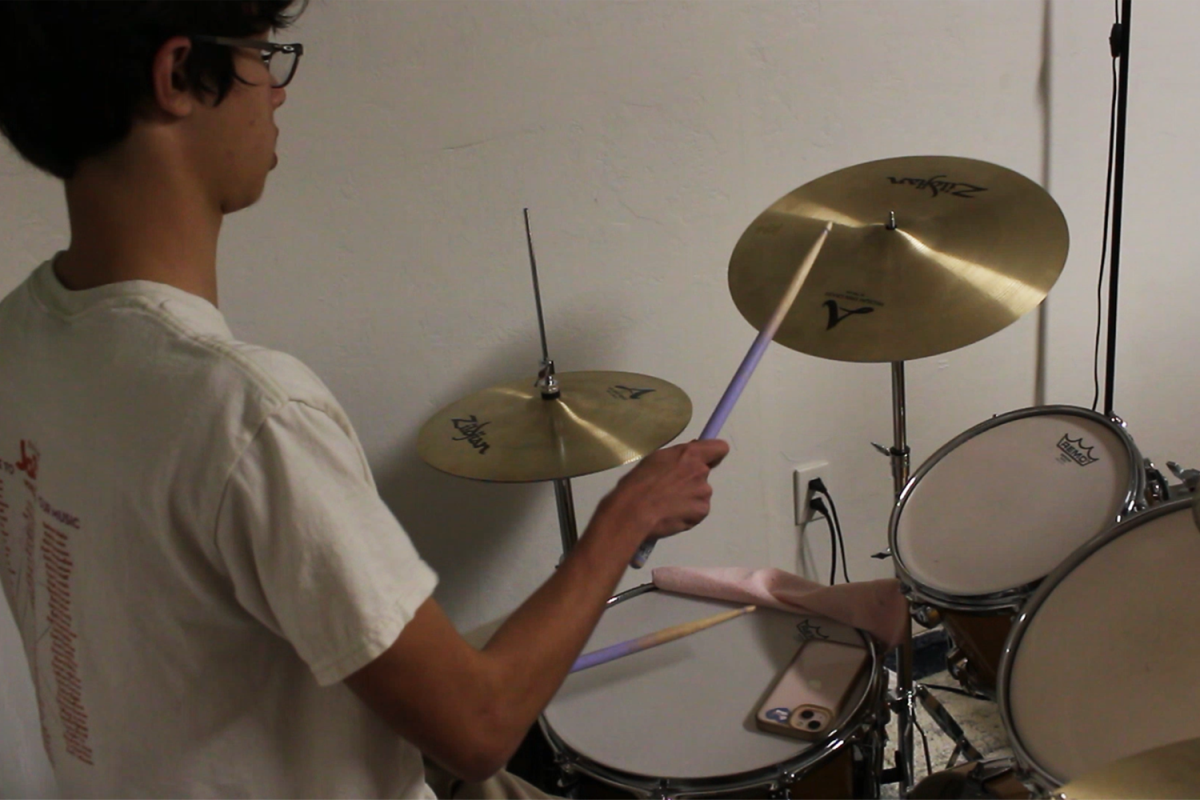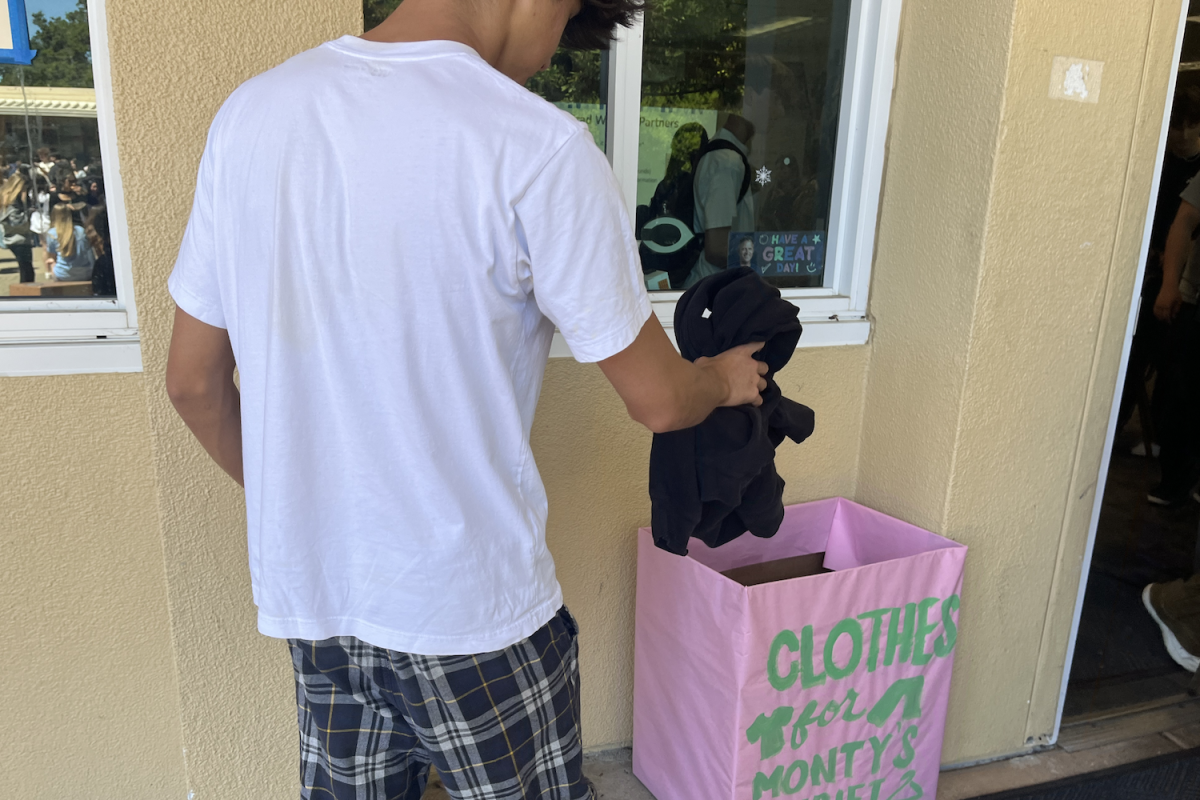A new strain of coronavirus (COVID-19) emerged from Wuhan, China, at the beginning of the new year. According to the CDC, the reported symptoms are varying, but common ones are fever, coughing, and shortness of breath.
What makes this strain different from the last major coronavirus outbreak is the reports of transmission from non-symptomatic patients. Vaccines and antiviral drugs are being developed to combat this new strain of the virus, but they are unlikely to be ready for public use until mid-to-late 2020.
The infection has spread from the epicenter in Wuhan to about 28 other regions, including the United States, South Korea, Vietnam, and France. There have been over 60,000 cases confirmed, and about 1,000 have died from the virus. China has clamped down on the outbreak, issuing partial or complete travel restrictions to cities in Hubei province, where Wuhan is located.
The World Health Organization (WHO) has declared this outbreak a global health emergency. People are storming into local pharmacies and stockpiling face masks, causing shortages in protective gear. With all this uncertainty and chaos, it’s hard not to be afraid.
Interview with John Nicholls, clinical professor in pathology at the University of Hong Kong (HKU), member of SARS research team at HKU 2003
Nicholls: Three things the virus does not like: sunlight, temperature, and humidity. To make you guys really worried, a coronavirus can survive on a stainless steel surface for 36 hours. It hangs around for quite a bit.
Sunlight will cut the virus’s ability to grow in half, so the half-life will be 2.5 minutes, and in the dark, it’s about 13 to 20 minutes. Sunlight is really good at killing viruses. That’s why I believe that Australia and the southern hemisphere will not see any great infection rates because they have lots of sunlight and they are in the middle of summer. Wuhan and Beijing are still cold, which is why there are high infection rates.
In regards to temperature, the virus can remain intact at four degrees or 10 degrees for a longer period of time. But at 30 degrees then you get inactivation. The virus doesn’t like high humidity either. That’s why I think SARS stopped around May and June in 2003 – that’s when there’s more sunlight and more humidity.
The environment is a crucial factor. The environment will be unfavorable for growth around May. The evidence is to look at the common cold – it’s always during winter. So the natural environment will not be favorable in Asia in about May.
The second factor is that of personal contact. With SARS, once it was discovered that the virus was spread through the fecal and oral route, there was much less emphasis on the masks and far more emphasis on disinfection and washing hands. Hong Kong has far more cleanliness than China and they are very aware of social hygiene, and other countries will be more aware of social hygiene than China. So, in those countries, you should see fewer outbreaks and spread.
A couple of days ago, the fecal-oral route of transmission was confirmed in Shenzhen. In China, most of the latrines are open. But in other countries, the sanitation systems tend to be closed. My personal view is that this will be a bad cold and it will all be over by May.“















